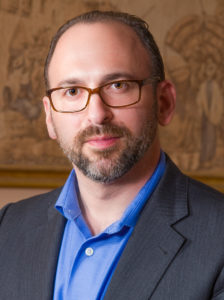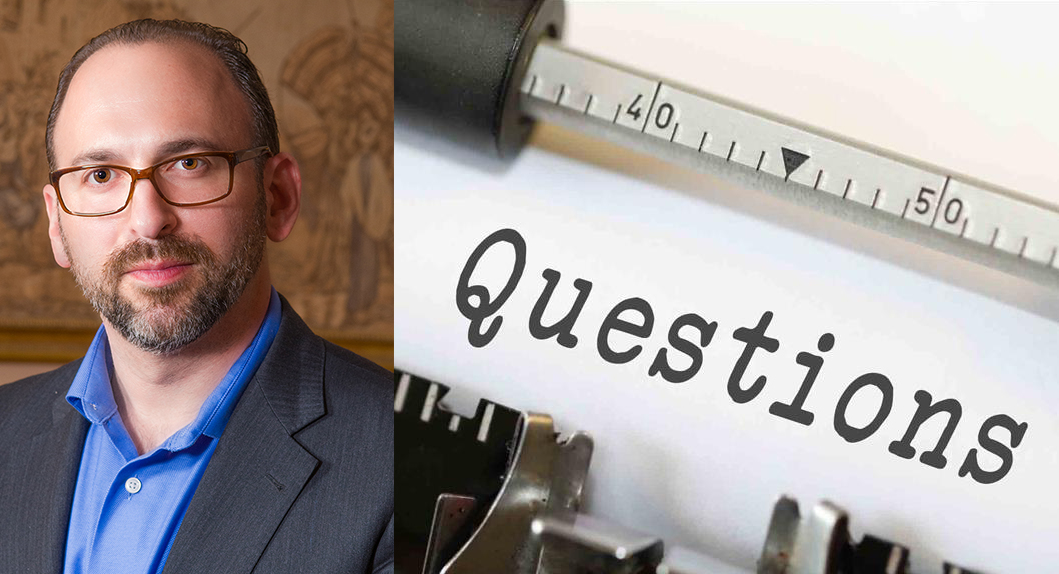
I’m lucky to be in a business where I interact with a lot of different people. It’s actually quite fascinating and boy, the stories that I could tell!
Here are answers to some questions that I get asked quite a lot. Feel free to contact me if you have other questions that I might be able to answer for you!
What’s the most unusual item you’ve ever had to evaluate?
Well, this one is really pretty easy! I was asked to go to an apartment in downtown Manhattan and the potential seller had a vintage human brain on his mantle. The brain was preserved in formaldehyde and truly, that was a “first” and remains so today. I’m happy to tell you more about it in a call or email although I do think that the idea of this type of “collectible” makes people a bit unsettled!
How did you get started buying and selling antiques?
It’s a familiar story. My father was in the business for a long time and then I took over. Prior to Syl-Lee, I was in the hospitality (hotel) business and I feel strongly that the experience that I gained in that industry trained me extremely well for this one. I am a big believer in providing the highest level of customer service and I also know the importance of being detail-oriented. Both are critical to Syl-Lee’s ongoing success and so I have to thank my “first” career in helping to give me those skills.
What is one of the biggest mistakes that people make when they are buying antiques?
This one is pretty straightforward. You should buy what you like, not what you think could be valuable later. The current state of the antique market is not great. Many items people bought as investment turned out to be worthless 30 years later. It’s better to buy items you like and don’t think about what they might sell for later. Enjoy them as long as you can and that applies to flatware, furniture, jewelry, dishes, and pretty much everything you can think of. I must say that unless you are the type of collector that buys items and immediately puts them into storage until they appreciate (and that’s if they do appreciate), you should “love what you live with.”




